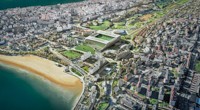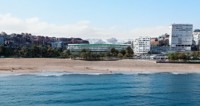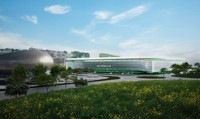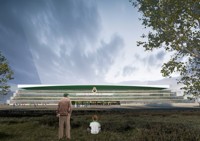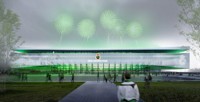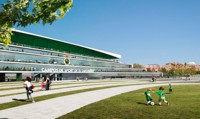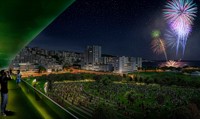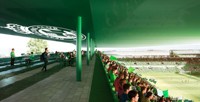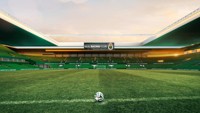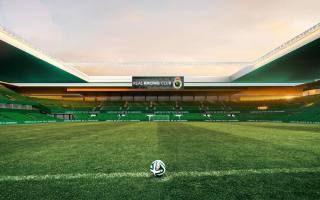Nuevo Sardinero
| Capacity | 27 000 |
|---|---|
| Country | Spain |
| City | Santander |
| Clubs | Real Racing Club de Santander |
| Category | Design awaiting implementation |
| Cost | €68 M ($78.8 M) |
| Construction | ? |
| Design | IDOM |
Advertisement
Nuevo Sardinero – design description
How does the Nuevo Sardinero project look in brief?
The expansion of El Sardinero is the largest modernization project for the stadium since its opening in 1988. The plan includes enlarging the stands on the east and west sides, which will increase the stadium’s capacity to 27,000 spectators, as well as the construction of a new roof and an attractive facade.
Behind the expanded stands, new commercial spaces, event areas, offices, and a club museum will be created. Meanwhile, the parking lots located behind the east stand will be transformed into the city’s largest public square.
The plans for “Nuevo Sardinero” were officially presented in October 2025, and the project is being carried out by the renowned architectural firm IDOM. The investment is expected to cost €68 million and will be funded entirely from private sources.
What is El Sardinero like?
Racing Santander’s stadium, known as El Sardinero (like the district), was built between 1987 and 1988 next to the old stadium, which had existed since 1913 and bore the same name. The facility has a simple, rectangular layout of stands and can accommodate around 22,500 spectators. Since its opening, no major modernization works have been carried out.
When were the first expansion plans for El Sardinero created?
The first plans to modernize El Sardinero were drawn up in the second half of 2022, after Racing returned to the Segunda División. At that time, preliminary sketches were prepared by the firm MolcaWorld.
The initial plans did not foresee any revolutionary changes. The project included repairing damage caused by aging, renovating the locker rooms and restrooms, creating a new VIP area, and a facade to be covered with greenery. The cost of these works was estimated at €4.5 million.
When was the Nuevo Sardinero project created?
In the spring of 2024, the club commissioned the renowned architectural firm IDOM to develop new modernization plans for El Sardinero. This time, the scope of work was intended to be much broader than in the earlier plans.
IDOM submitted the preliminary results of their work to the club in October 2024, after which Racing shared these plans with the city and regional authorities. The final “Nuevo Sardinero” project was presented publicly only a year later, on 14 October 2025, during a special ceremony held at the Centro Botín.
What does the Nuevo Sardinero project include?
The expansion of El Sardinero will involve enlarging the stands along the pitch (east and west), increasing the stadium’s capacity from 22,500 to 27,000 spectators. The stadium will also receive a completely new roof and facade, forming a cohesive and attractive overall structure.
Behind the expanded stands, new spaces will be created for hospitality areas, event halls, Racing’s offices, a club museum, sports facilities, restaurants, shops, and potentially a hotel. The plan also includes the construction of underground parking.
The current parking lots behind the east stand will be replaced by a new public square covering over 26,000 m² (the largest in the city), designed to extend the “green axis” defined by Parque de Las Llamas.
The east stand facade, facing the new square and the nearby beach, will take the form of green terraces.
What is the significance of the Nuevo Sardinero project?
The goal of the redevelopment is to transform the stadium into an attractive space for fans, residents, and tourists, while increasing stand capacity, the commercial potential of the venue, and the number of events held there.
The project reflects the club’s ambitions for further sporting and organizational development. It will be the first major modernization of the stadium since its opening in 1988.
How will the Nuevo Sardinero project be implemented?
The club plans to carry out the project in cooperation with the city of Santander and the Autonomous Community of Cantabria. Involvement of the city authorities is essential, as the stadium remains city property.
However, the funding for the redevelopment, estimated at €68 million, will come entirely from private sources — including the club’s own funds, as well as revenue from concessions for commercial spaces and VIP area rentals.
The expansion will be carried out without the need to close the stadium.
Advertisement

 StadiumDB
StadiumDB